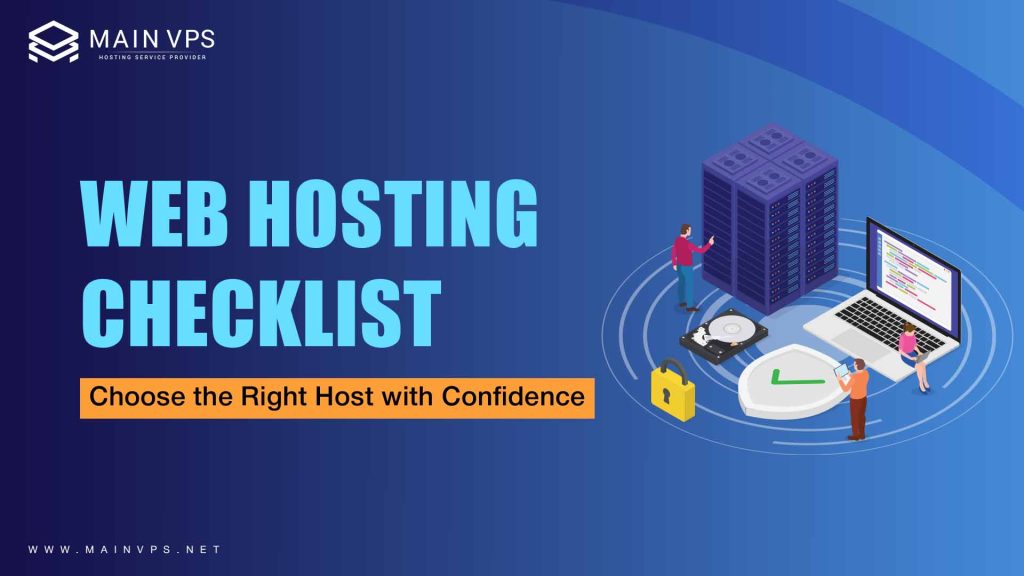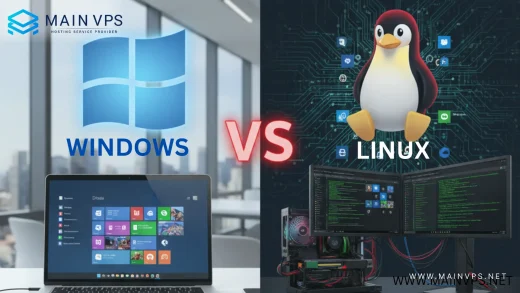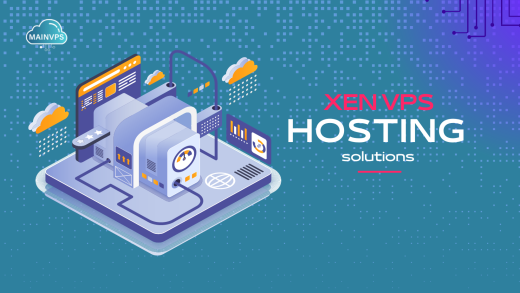
Great! You’re looking to start a website. Whether it’s a business website or a personal blog you want to share with friends, there are a few essential steps you need to take. One of the most important steps is understanding and choosing the right web hosting.
When you begin searching for web hosting providers, you’ll quickly notice how overwhelming the options can be. Countless companies are offering different plans, features, and pricing, all promoted with attention-grabbing phrases like “99.99% guaranteed uptime” or “unlimited bandwidth.” For someone new to website creation, these terms can be confusing and often unclear.
That’s exactly why this guide exists.
This guide is designed to explain web hosting in a simple, straightforward way, without unnecessary technical jargon or marketing hype. It focuses on what actually matters when starting a website, so you can make an informed decision with confidence.
By reading this guide, you will learn:
- What web hosting is and why it is essential
- The different types of web hosting available
- Which hosting features are truly important
- How to choose the right hosting plan for your needs
Whether you are launching your first website or planning to switch to a better hosting provider, this guide will help you understand web hosting clearly and make the right choice.
Here’s a Web Hosting Checklist to look at:-
1. Know Your Website Needs First
Before even checking hosting companies, clarify what your website is all about. Are you building a simple blog? A portfolio? An online store with thousands of products?
Ask yourself:
- How much traffic do I expect?
- Will I be using WordPress or another CMS?
- Do I need email accounts, backups, or specific security features?
- Will I sell products online?
Insight: E-commerce sites need strong security (SSL, PCI compliance), while personal blogs may need better SEO tools and support for WordPress.
2. Uptime Guarantee – Aim for 99.9% or Higher
Uptime = how often your site is online. Anything below 99.9% means noticeable downtime and lost traffic or sales.
What to look for:
- At least 99.9% uptime guarantee
- SLA (Service Level Agreement) is in place
- Real user reviews confirming uptime claims
Pro Tip: Some hosts advertise 99.999%, but check the fine print. Uptime doesn’t mean much without solid infrastructure to back it up.
3. Speed and Performance (Because No One Likes a Slow Site)
Site speed affects everything from user experience to SEO rankings. Your web host plays a major role in that.
Look for:
- SSD or NVMe storage (faster than traditional HDDs)
- LiteSpeed or NGINX web servers
- Global CDN support
- Caching options (server-side or plugin-friendly)
Real-world tip: Choose a host with data centers close to your target audience. If you’re targeting US customers, go for a US-based server.
4. Scalability – Can You Grow Without Migrating?
You might start small, but what happens when your traffic spikes?
Your hosting should support:
- Easy upgrades (from shared to VPS or dedicated)
- On-demand resource allocation (RAM, CPU)
- Flexible pricing plans
Scalability = freedom. Avoid getting stuck on a rigid plan that can’t grow with your site.
5. Type of Hosting You Actually Need
Hosting isn’t one-size-fits-all. Choose based on your current and future needs:
| Hosting Type | Best For | Example |
|---|---|---|
| Shared Hosting | Small blogs or portfolios | MainVPS, Bluehost, Hostinger |
| VPS Hosting | Medium-sized business sites | MainVPS, Contabo, Kamatera |
| Dedicated Hosting | Large websites or e-commerce | MainVPS, OVH |
| Cloud Hosting | Scalability and flexibility | DigitalOcean, AWS |
| WordPress Hosting | Hassle-free WordPress hosting | WP Engine, MainVPS, Kinsta |
Tip: Don’t overspend upfront. You can always scale later.
6. Security Features – Protect Your Investment
Even small websites are targets for hackers. Choose a host that takes security seriously.
Must-have security features:
- Free SSL Certificate
- Firewall and malware scanning
- DDoS protection
- 2FA (Two-Factor Authentication)
- Automatic backups
Security = Peace of Mind. Some hosts offer daily backups and malware cleanup at no extra cost—huge bonus!
7. Customer Support – Is Someone Always There When You Need Help?
Problems don’t follow a 9–5 schedule and neither should your host’s support.
Look for:
- 24/7 live chat and/or phone support
- Knowledgeable agents (not just bots)
- Support channels: live chat, email, ticket system
- Community forums or extensive documentation
Support saves time. A good host will help with DNS settings, WordPress errors, and even plugin conflicts.
8. Transparent Pricing (Avoid Hidden Charges)
Some web hosts offer low introductory prices but triple the cost on renewal.
Watch out for:
- Renewal rates
- SSL or email fees
- Backup or restoration charges
- Domain name pricing after 1st year
Budget Smart: Ask yourself if the long-term value justifies the price.
9. User-Friendly Control Panel
Unless you are comfortable working with servers and command lines, a user-friendly control panel is essential. The control panel is where you manage everything related to your website domains, files, databases, emails, backups, and security settings.
Most hosting providers offer one of the following:
- cPanel – The most widely used control panel. It is reliable, powerful, and supported by almost every hosting provider. Beginners and advanced users both find it easy to work with.
- Plesk – Known for its modern interface and smooth experience, especially popular on Windows hosting environments.
- Custom dashboards – Some providers, like SiteGround or Hostinger, use their own custom-built panels. These are often simplified for beginners and designed to reduce complexity.
A good control panel saves time and reduces frustration. You should be able to perform basic tasks such as creating a subdomain, setting up email, installing WordPress, or taking backups without searching for tutorials every time. The easier the interface, the more control you have over your website.
10. Email Hosting – Yes, It Still Matters
Even today, professional email hosting remains an important part of your online presence. Using a custom domain email address like info@yourdomain.com or support@yourdomain.com instantly adds credibility and makes your brand look more trustworthy.
Before choosing a hosting provider, check whether email hosting is included and what features it offers:
- Free email accounts with your domain
- Strong spam filtering and virus protection
- Webmail access so you can check emails from anywhere
- Easy integration with email clients like Outlook or Gmail
Professional email communication builds trust with customers, partners, and clients. Some hosting providers include email hosting at no extra cost, while others charge separately. Knowing this in advance helps you avoid unexpected expenses later.
If email is an important part of your business communication, make sure your hosting plan supports it reliably and securely.
11. Money-Back Guarantee (Just in Case)
Even after careful research, sometimes a hosting service may not meet your expectations. That’s why a money-back guarantee is an important safety net, especially for first-time buyers.
Most hosting providers offer a 30-day money-back guarantee, which allows you to test their service without long-term risk. Some premium or customer-focused hosts extend this period to 45 or even 90 days, giving you more time to evaluate performance, support quality, and overall reliability.
Before signing up, always read the refund policy carefully. Check whether the guarantee applies to all plans or only to specific services. Also note that domain registration fees, add-ons, or setup charges are often non-refundable.
Always read refund policies. Some apply only to hosting, not add-ons like domains or SSL.
Summary: Your Hosting Checklist
| What to Check | Why It Matters |
|---|---|
| Uptime Guarantee | Keeps your site online consistently |
| Fast Server Performance | Improves SEO and user experience |
| Scalability | Let your website grow without hassle |
| Security Features | Protects from malware and data breaches |
| 24/7 Support | Fixes urgent issues anytime |
| Transparent Pricing | Avoids surprise renewal costs |
| Easy-to-Use Control Panel | Simplifies website and email management |
| Email Hosting | Builds brand trust |
| Refund Policy | Protects you from poor service |
Final Thoughts
Choosing the right web hosting provider is one of the most important decisions you will make at the beginning of your online journey. Your hosting directly impacts your website’s performance, security, scalability, and overall user experience. This is not a decision you should rush.
Take time to clearly evaluate your website’s goals, expected traffic, technical requirements, and budget. A hosting plan that works well for a small blog may not be suitable for a growing business or an online store. Comparing different hosting providers, reading real customer reviews, and understanding what each plan truly offers can help you avoid common mistakes.
Frequently Asked Questions (FAQs)
1. Should I choose shared hosting or cloud hosting for a new site?
If you’re just starting, shared hosting is cost-effective. Go with cloud hosting if you expect rapid growth or higher traffic.
2. How much traffic can shared hosting handle?
Typically, 10,000 to 50,000 monthly visitors, depending on your host and website optimization.
3. Is free hosting a good idea?
Not for professional use. Free hosts often limit performance, show ads, and lack proper support.
4. How do I migrate from one host to another?
Many hosts offer free migration services or easy tools like cPanel backups or WordPress plugins.
5. What happens if I exceed my hosting limits?
Your site may slow down, get throttled, or go offline. Always monitor usage or choose scalable plans.
6. Do I need technical knowledge to manage web hosting?
No. Most hosting providers offer user-friendly control panels like cPanel or custom dashboards that make managing your website easy, even for beginners.
7. What is uptime, and why is it important?
Uptime refers to the amount of time your website stays online and accessible. Higher uptime means fewer outages, which is important for user trust and search engine rankings.
8. Can I upgrade my hosting plan later?
Yes. Most hosting providers allow you to upgrade your plan as your website grows, without any downtime or data loss.
9. Does web hosting affect SEO?
Yes. Hosting impacts website speed, uptime, and security, all of which are important ranking factors for search engines like Google.
10. Is customer support really important in web hosting?
Absolutely. Reliable customer support can save you time and prevent major issues, especially if your website goes down or you face technical problems.
Suggestions:





